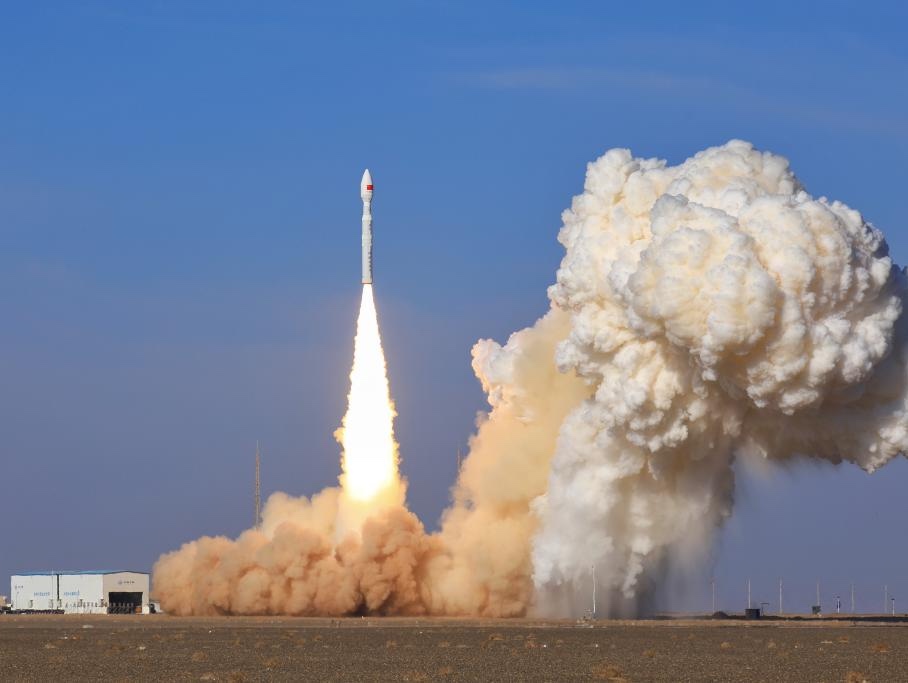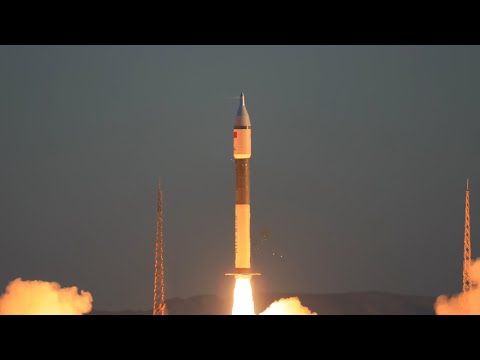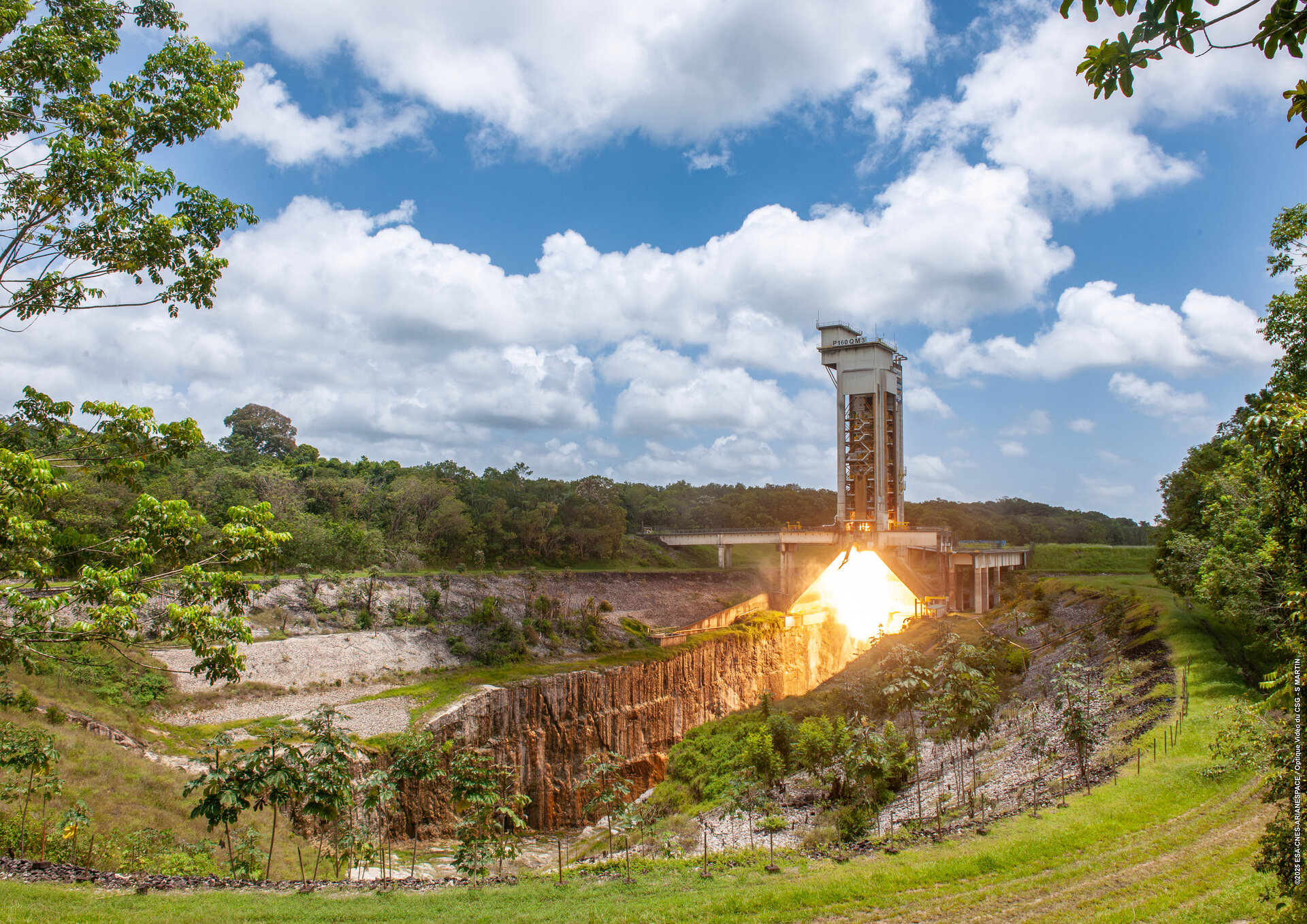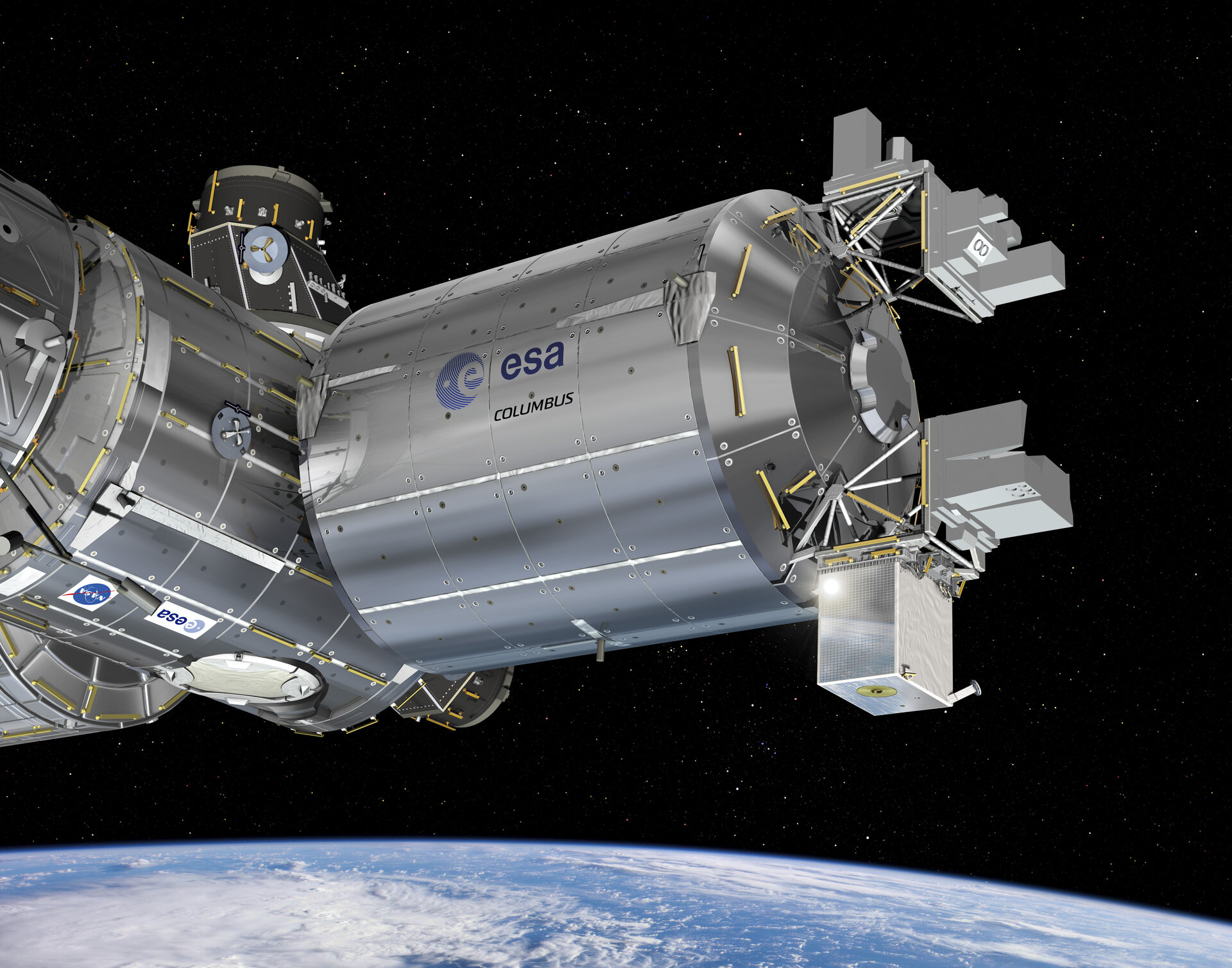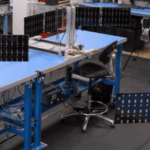Now Reading: ISS implementation partners need to survive the transition to commercial LEO destinations
-
01
ISS implementation partners need to survive the transition to commercial LEO destinations
ISS implementation partners need to survive the transition to commercial LEO destinations
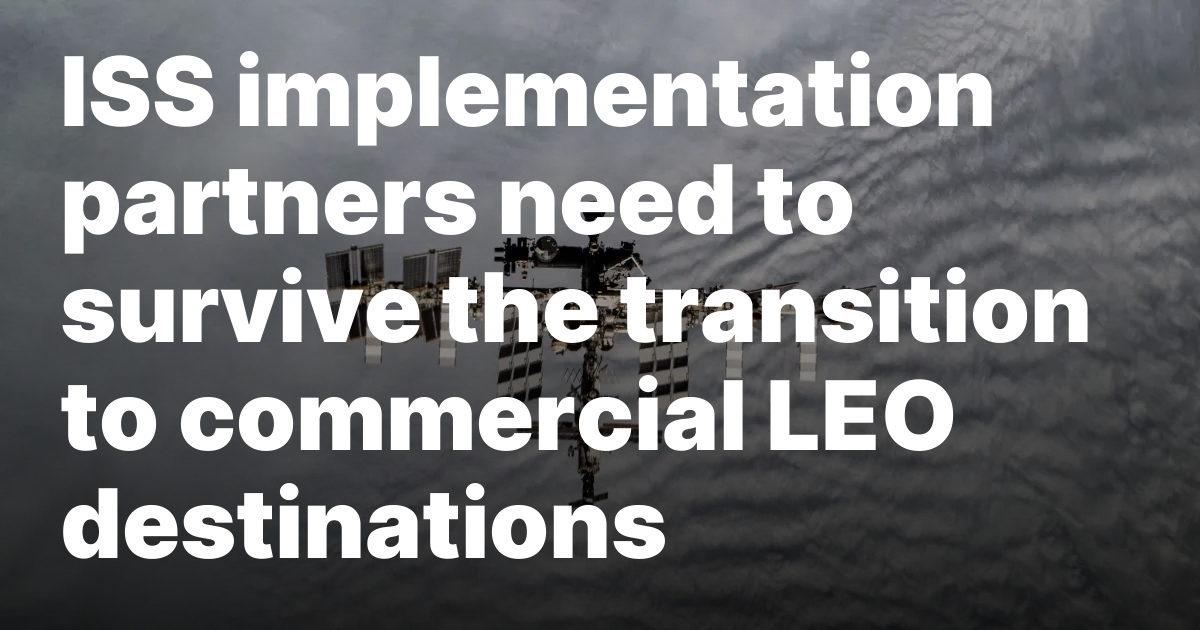
The International Space Station has been a hub for human space exploration and research for over two decades, but its operational life is nearing its end, projected around 2030. As focus shifts to commercial platforms developed by companies like Axiom Space, Blue Origin, Sierra Space, Vast, Voyager and others, the ISS implementation partner community — the experts who have supported ISS operations for decades — faces both challenges and opportunities. Ensuring their survival during this transition is vital for sustaining space exploration momentum, preserving expertise and driving innovation in the commercial space era.
The ISS implementation partner community, of which I’m a member, comprises diverse entities — small and medium-sized companies, engineers, and scientists — who design experiments, build and operate hardware, manage logistics and analyze data in the ISS’s unique microgravity environment. Their specialized skills have fueled breakthroughs in fields like medicine, materials science and Earth observation, making them a cornerstone of the ISS’s success. It’s critical that this resource is preserved and not lost in the shuffle as commercial space stations replace the ISS.
The transition to commercial platforms
NASA’s Commercial low Earth orbit Destinations (CLD) program aims to replace ISS functions with privately operated platforms now that companies are reaching the ability to offer cost effective space stations. For example, Axiom Space plans to attach commercial modules to the ISS before forming an independent station, while Blue Origin, Sierra Space, Voyager and Vast are designing new stations to meet CLD requirements.
This transition offers flexibility, scalability and market-driven innovation but introduces uncertainty for ISS implementation partners. Unlike the government-led ISS and its standardized processes, commercial platforms will operate under diverse business models and access protocols. The implementation partner community’s survival depends on adapting to this landscape while retaining its expertise and collaborative ethos.
Why survival matters
We all need all the implementation partners to survive this transition, not only to meet government requirements but also to position the implementation partners to participate as key members of the LEO economy. Through a smart procurement strategy, NASA can ensure the existence of capabilities they will need as well as ensure economic stability and growth for these niche companies.
Preservation of expertise: The ISS implementation partners hold decades of institutional knowledge, from designing microgravity experiments to troubleshooting hardware in orbit. Losing this expertise during the transition could delay scientific progress and burden new entrants with steep learning curves. For example, a veteran researcher understands nuances like optimizing payloads for limited bandwidth or ensuring crew safety — skills not easily replicated.
Economic and strategic implications: The ISS community supports a supply chain of small businesses, contractors and academic institutions, generating thousands of jobs and billions in economic activity in the United States.. A smooth transition ensures their viability, stabilizing space-dependent regions. Strategically, retaining expertise domestically strengthens national interests, especially as competitors like China advance with its Tiangong station.
Bridging the gap to deep space: The ISS has tested technologies like life support systems and radiation shielding critical for deep space missions, such as NASA’s Artemis program. Implementation partners’ survival ensures this knowledge transfers to commercial platforms, which will serve as stepping stones to the moon, Mars and beyond.
Risky procurement approach so far
NASA’s CLD initiative positions the agency as one user among many. But early on, it will be the primary customer, with its investments shaping the post-ISS commercial era. The current CLD Phase I procurement approach requires “turn-key” access for NASA, including laboratory equipment and transportation infrastructure. Much of the expertise to deliver these laboratory-level capabilities resides in the implementation partner community. However, in the upcoming competitive CLD Phase II procurement, partners may need to pick a team with specific commercial providers or risk exclusion, a daunting prospect for small companies with limited resources.
To mitigate these risks, NASA could adopt a separate, parallel procurement strategy for laboratory and specialized experiment capabilities, leveraging the implementation partner community’s expertise. This would ensure NASA’s required on-orbit capabilities are available across whichever commercial platforms eventually succeed, fostering stability for implementation partners during the transition. It would also spur the development of next-generation technologies, which partners could offer to non-NASA customers and non-CLD platforms, like high-cadence, uncrewed spacecraft.
Additionally, the partner community should form consortia to pool resources and negotiate collectively with platform providers, mirroring the ISS’s collaborative model. Training programs could upskill partners in commercial operations, focusing on new technologies and business practices. International agreements should promote open access to commercial platforms, preventing a fragmented space economy and ensuring broad participation.
The survival of the ISS implementation partner community is critical for the future of space exploration. Their expertise, research continuity, economic contributions and role in deep space ambitions make them indispensable during the shift to commercial platforms. Strategic support from governments, agencies and the community itself can help them navigate this transition. As the ISS era closes, its legacy must endure through its partners, who will carry the torch of human presence in space from low Earth orbitto the stars.
Alain Berinstain is the Chief Strategy Officer at Consolidated Safety Services, where he is responsible for leading CSS’s overall space strategy, driving business growth and overseeing government and commercial sales initiatives.
SpaceNews is committed to publishing our community’s diverse perspectives. Whether you’re an academic, executive, engineer or even just a concerned citizen of the cosmos, send your arguments and viewpoints to opinion@spacenews.com to be considered for publication online or in our next magazine.The perspectives shared in these op-eds are solely those of the authors.
Stay Informed With the Latest & Most Important News
Previous Post
Next Post
-
 012024 in Review: Highlights from NASA in Silicon Valley
012024 in Review: Highlights from NASA in Silicon Valley -
 02Panasonic Leica Summilux DG 15mm f/1.7 ASPH review
02Panasonic Leica Summilux DG 15mm f/1.7 ASPH review -
 03From Polymerization-Enabled Folding and Assembly to Chemical Evolution: Key Processes for Emergence of Functional Polymers in the Origin of Life
03From Polymerization-Enabled Folding and Assembly to Chemical Evolution: Key Processes for Emergence of Functional Polymers in the Origin of Life -
 04How New NASA, India Earth Satellite NISAR Will See Earth
04How New NASA, India Earth Satellite NISAR Will See Earth -
 05And Thus Begins A New Year For Life On Earth
05And Thus Begins A New Year For Life On Earth -
 06Astronomy Activation Ambassadors: A New Era
06Astronomy Activation Ambassadors: A New Era -
07SpaceX launch surge helps set new global launch record in 2024













